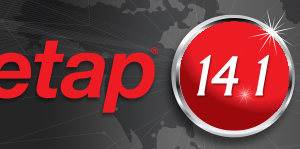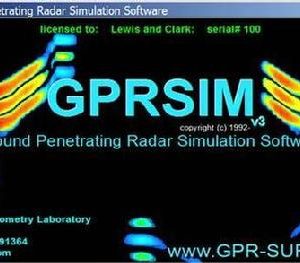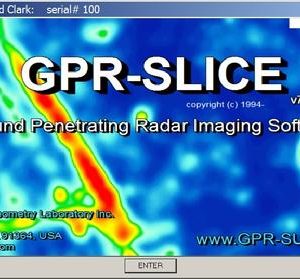GPSeismic 2019.0 cracked version
$ 200.00
GPSeismic is a suite of software applications that are geared towards the seismic survey industry and work hand in hand with the Trimble Access Land Seismic application and the SNS vehicle navigation system.
Description
Software Overview
A First Look – If you are reading this, you probably are new to
GPSeismic®, a suite of applications that represents several hundred
megabytes of installed software. The normal question is “Where do I
start?” and the standard answer is “It depends on what you want to do.”
With GPSeismic®, you can perform actions as diverse as vehicle tracking
or inertial navigation system processing. GPSeismic® currently consists of
eleven applications.
It is instructive to note that GPSeismic® started as two applications, QuikLoad and QuikView, in support of the Trimble
real-time GPS stakeout system. QuikLoad imported or generated preplots in grid coordinates, converted these coordinates
to WGS84 geographic coordinates, and then allowed the user to create stakeout files for the Trimble system. QuikView
converted the stakeout files back to grid coordinates. Both programs allowed these functions to be conducted graphically.
GPSeismic now includes support for numerous GPS, inertial and conventional systems and contains an application called
GPSQL for data management. An MDB database serves as the repository of all surveyed points and associated quality
control indicators. It may also contain the preplots (aka, stakeout design points).
There are several additional programs that the user can take advantage of. There is a presentation mapping application,
one that is an incredibly powerful application capable of preplot redesign and coordinate problem solving, one capable of
conventional data processing, one capable of real time vehicle tracking, and one capable of real time fleet tracking.
In the typical day to day usage scenario, three applications are used. We have preplots that we either generate or import
into QuikLoad for the purpose of creating stakeout files. QuikView processes these stakeout files and deposits all
survey data into a Microsoft database. GPSQL allows you to access this data and create any conceivable client
deliverable (coordinate files, reports, graphs, etc.).











